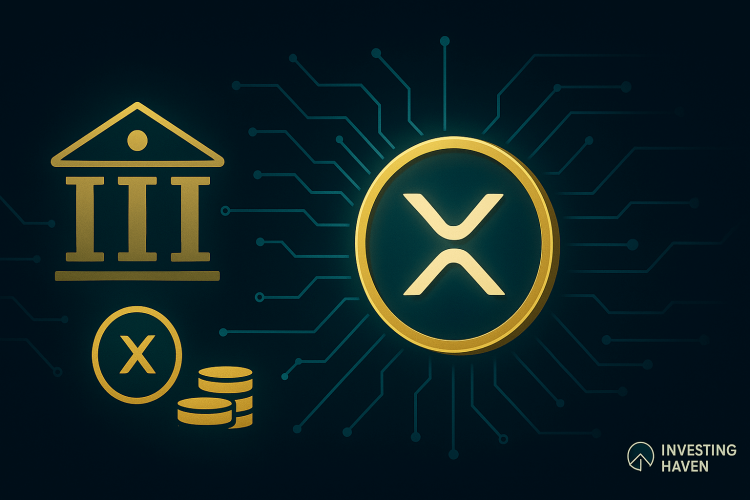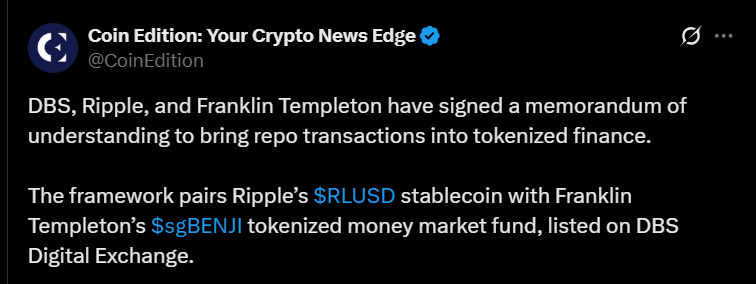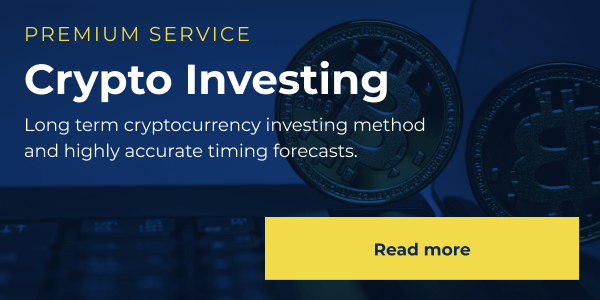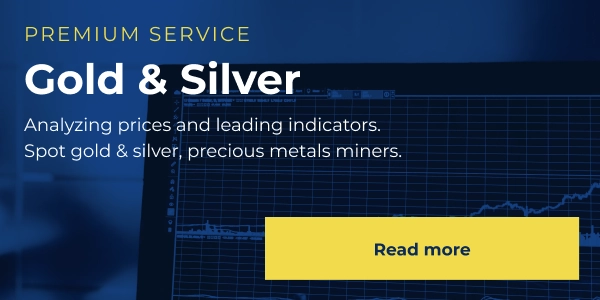Major banks and large asset managers are starting to use Ripple’s infrastructure and RLUSD in new ways that point to practical adoption.
Recent moves show banks taking custody roles, listing tokenised money market funds that trade against RLUSD, and connecting prime-broker services that let the stablecoin move through traditional settlement systems.
These steps reduce operational friction for treasury teams and asset managers and create regulated paths for using stablecoins inside banking operations.
The clearest signals include BNY Mellon agreeing to custody RLUSD reserves on July 9, 2025, DBS and Franklin Templeton launching a tokenised money market fund pilot on the XRP Ledger on Sept 18, 2025, and Ripple’s agreement to acquire prime broker Hidden Road in April 2025.
Together, these changes make it easier for banks to test and use XRP-linked rails for liquidity and settlement. Let’s look at several banks that are quietly accumulating XRP.
ALSO READ: Could Central Banks Quietly Be Testing XRP For Settlement?
List of Banks Betting on Ripple’s XRP
BNY Mellon: Custodian For Ripple USD (RLUSD)
BNY Mellon agreed to act as the primary reserve custodian for RLUSD on July 9, 2025. In this role, BNY holds the cash, Treasuries, and money market instruments that support the stablecoin. It also provides independent reporting that banks and auditors depend on.
BNY manages $53.1 trillion in assets under custody and administration, which makes it the largest custodian in global finance and a trusted choice for institutional clients.
RLUSD passed a $500 million market-cap level in early July, and the custodian announcement followed shortly after. For banks, the value is not in RLUSD’s price but in the operational clarity.
When a respected global custodian safeguards reserves, treasury desks can reconcile on-chain balances with their internal books without friction.
This improves compliance reviews and lowers the barrier for banks that want to test RLUSD for interbank settlement, short-term liquidity, or custody-linked products.
RECOMMENDED: XRP vs SWIFT: How Ripple Cuts Global Transfer Fees
DBS: Tokenised Money Market Fund And RLUSD Trading Pilot
DBS signed a memorandum with Franklin Templeton and Ripple on Sept 18, 2025 to list Franklin Templeton’s sgBENJI token on the DBS Digital Exchange. sgBENJI represents shares of a regulated U.S. dollar money market fund.
The pilot allows accredited and institutional investors to buy sgBENJI using RLUSD, trade it on the exchange, and potentially use it as collateral.
DBS said it may permit sgBENJI to support repurchase agreements or custodial credit programs. This would give treasuries a tokenised cash equivalent that settles faster and reduces back office delays.
For banks, the value of this setup is in clean custody, controlled access, and the ability to settle transactions on-chain while keeping regulatory oversight. The pilot shows how a major bank can connect a tokenised fund directly to a stablecoin in a safe and familiar structure.
RECOMMENDED: Spot XRP ETF Debuts With $245M In First-Day Inflows
Franklin Templeton: Issuer Of SgBENJI Tokenised MMF
Franklin Templeton created sgBENJI, a token that reflects units of its U.S. dollar money market fund. The token runs on the XRP Ledger and follows the fund’s net asset value. Investors can earn the same yield as the traditional fund while also trading or transferring sgBENJI on-chain.
The company also maintains strict operational rules, including controlled minting tied to daily fund valuation and custody handled by regulated partners.For asset managers, tokenisation solves a common problem. Traditional fund shares move slowly and require several steps to settle.
A tokenised version settles faster and can be used in collateral chains, lending programs, and short-term funding operations without waiting for multiple clearing cycles.
This is why tokenised funds are becoming a key entry point for institutions that want to use blockchain without changing their core risk profile.
Hidden Road Acquisition: Ripple’s $1.25 Billion Prime-Broker Play
Ripple reached an agreement in April 2025 to acquire Hidden Road for $1.25 billion. Hidden Road is a multi-asset prime broker that reports about $3 trillion in annual processing volume and serves more than 300 institutional clients.
The acquisition gives Ripple a ready-made institutional network and the post-trade systems that banks rely on for margining, collateral, settlements, and reporting. This is important because banks often require prime-broker support before they move client assets or offer new products.
When RLUSD can flow through prime-broker systems, it becomes easier to use the stablecoin inside existing trading and settlement processes.
If the integration is successful, RLUSD could support margin, collateral transfers, and other short-term funding needs for asset managers. The deal still needs regulatory approval and technical integration, so banks will watch for updates over the coming months.
Join eToro today and receive $10 in free crypto on your first deposit. Trade crypto, stocks, and ETFs with powerful tools and social investing features like CopyTrader™
Crypto investments are risky and may not suit retail investors; you could lose your entire investment. Understand the risks here
YOU MIGHT LIKE: Inside Ripple’s (XRP) £10 Million London Office Plan
SBI Holdings: Japan Distribution And Local On-Ramp
SBI Holdings signed a memorandum with Ripple on Aug 22, 2025 to distribute RLUSD in Japan through SBI VC Trade. The exchange operates under an official Electronic Payment Instruments licence, which allows it to offer stablecoin services under Japan’s clear regulatory framework.
SBI has been one of Ripple’s strongest partners for years and already holds sizable exposure to XRP.
The plan targets early 2026 for public distribution. Once active, Japanese banks and institutional investors will have a regulated domestic channel to access RLUSD without cross-border compliance hurdles.
This gives yen-based treasury desks an easy way to test on-chain dollar liquidity. If adoption grows, SBI’s role may help reveal how strong real institutional demand for RLUSD is inside Japan.
RECOMMENDED: Top 10 Richest XRP Whales: Who Owns the Most XRP in 2025?
Standard Chartered: Bank Pilot Activity With Ripple
Standard Chartered has tested Ripple technology in pilots designed to improve cross-border business payments. The bank says these pilots aim to speed up settlement and reduce the number of intermediaries required for multi-hop payment routes.
Its work focuses on commercial payment flows in Asia and emerging markets, where delays and high correspondent banking costs are still common.The bank has already moved from early lab tests to live pilot transactions that use ledger-based messaging and settlement.
It reports faster processing and cleaner reconciliation for clients that took part in the pilots. These tests do not always rely on XRP as the settlement asset, but they show that a major global bank is willing to trial distributed ledger rails for real corporate payments.
That level of testing suggests banks will consider stablecoin rails such as RLUSD once custody, reporting, and prime-broker support reach the standards required for daily operations.
Why Banks Are Moving to Ripple’s XRP
Familiar Risk Profile, New Liquidity Advantages
Banks are shifting toward XRP because it offers a way to tap on-chain liquidity without reshaping their existing risk frameworks. Unlike more volatile crypto assets, XRP’s primary function in institutional workflows is as a settlement and liquidity bridge.
That makes it easier for banks to treat XRP as a technical rail rather than a speculative asset. Its fast settlement times and low transaction costs give treasury desks a tool that behaves more predictably than many digital-native alternatives, lowering the barrier to adoption.
Trusted Infrastructure and Custodial Clarity
A major reason banks are becoming more comfortable with Ripple-related assets – including XRPL-issued stablecoins – is the involvement of established custodians. When a firm like BNY Mellon safeguards reserves or supports reporting workflows, banks can integrate these assets with their existing controls.
This matters because institutional treasury teams need to reconcile on-chain balances with off-chain books without adding legal, accounting, or operational complexity. Ripple’s approach of partnering with traditional custodians makes the XRP ecosystem feel more like an extension of the banking stack rather than a parallel system.
Prime Brokerage and Collateral Utility
Ripple’s acquisition of Hidden Road signals the ability to embed XRP and XRPL-based assets into familiar prime-broker structures. Prime brokers handle margin, collateral, custody, and settlement in a unified environment; exactly the setup banks already understand.
This makes it possible for XRP to function as collateral inside regulated workflows, expanding its role beyond payments into broader liquidity operations.
Competition From New Digital Rails
Finally, banks are exploring XRP partly because the competitive landscape is shifting. Swift is building tokenised asset rails, and multiple interoperability standards are emerging.
With more digital settlement options in development, banks are evaluating which networks best fit their compliance, audit, and reporting needs.
XRP’s early focus on regulatory alignment and institutional partnerships positions it as a strong candidate in this race.
RECOMMENDED: Is XRP A Buy This November?
Conclusion
Banks are not accumulating XRP for speculative reasons. They are testing custody, tokenised funds, and prime-broker systems that make a stablecoin like RLUSD useful inside treasury and asset management operations.
The strongest public signals come from BNY Mellon’s RLUSD custody role, the DBS and Franklin Templeton sgBENJI pilot, Ripple’s acquisition of Hidden Road, SBI’s plan to distribute RLUSD in Japan, and Standard Chartered’s pilot transactions.
These developments create regulated pathways that allow banks to explore on-chain dollar liquidity in a practical and controlled way.
Join eToro today and receive $10 in free crypto on your first deposit. Trade crypto, stocks, and ETFs with powerful tools and social investing features like CopyTrader™
Crypto investments are risky and may not suit retail investors; you could lose your entire investment. Understand the risks here
Wondering which crypto to focus on right now?
Our premium members already know.
Since 2017, InvestingHaven’s blockchain research service has been guiding investors through both bull runs and crypto winters.
What makes it different?
Proprietary 15-indicator methodology developed over 15+ years of market research.
Proven track record of spotting major turning points before markets move.
Focused alerts on only the key crypto assets that matter — no noise, no distractions.
Thousands of readers rely on InvestingHaven to stay ahead of the crowd. Now it’s your turn.
Act today and join the original crypto research service — still live and stronger than ever since 2017.
- Why This Bounce Matters (30 Crypto Charts) (Nov 23rd)
- What’s Going On With Bitcoin & Alts?(Nov 16th)
- This Is What We Want To See The Next 72 Hours(Nov 9th)
- The Next 2 To 3 Weeks …(Nov 2nd)
- A Successful Test of Bitcoin’s 200 dma? (Oct 26th)
What Our Readers Say
“I got to tell you, you guys and your charting and your predictions are AMAZING! I don't know how people can even give you a hard time when you make pullback predictions. Markets cannot go up forever!”
“I LOVE how you talk about the ‘buy the dips’ times vs the ‘sell for profit’ times to get more free coins. You have been right sooo many times — it’s actually amazing!”
— Newsletter Subscriber
“Your team puts a huge amount of work into the newsletters and the analyses. You’ve been doing this for so many years already, and the passion is still there. Respect.”
“Because of your research, I’ve become a much more patient investor. And ‘more patient’ basically means ‘better.’ Over the past few years, my capital has often just stayed unused rather than constantly invested — and it has paid off.”
“Now that my perspective is strictly long term, I have far more peace in my life. Nothing is more stressful than constantly wondering what your crypto might do the next day. After seeing firsthand that long-term investing outperforms trading, the difference is night and day.”
— Crypto Research Subscriber
“As a faithful follower, I really miss the commentaries — the wisdom, the thoughts, the analysis. Truly appreciate the knowledge you share.”
— Long-Time Follower










